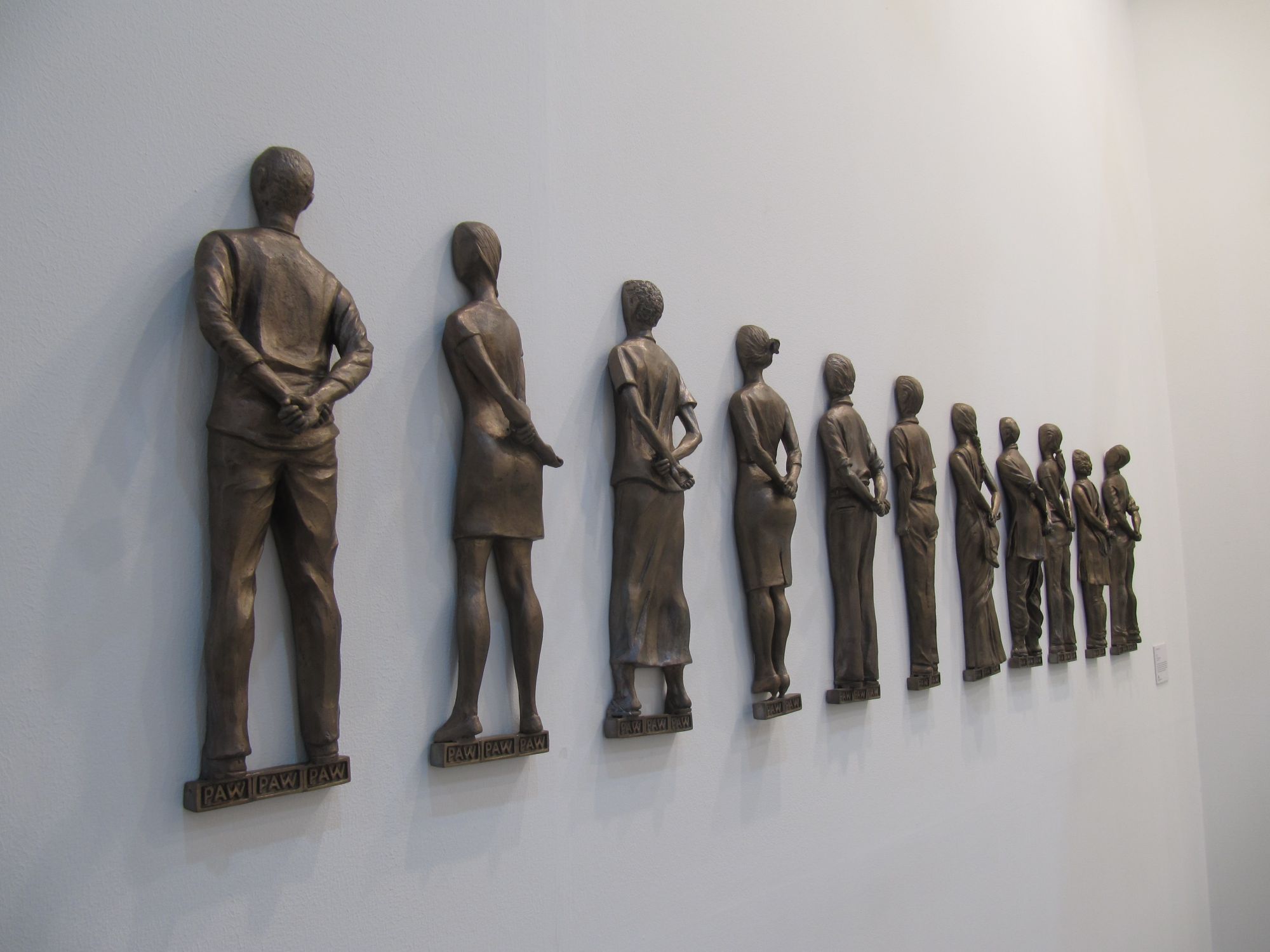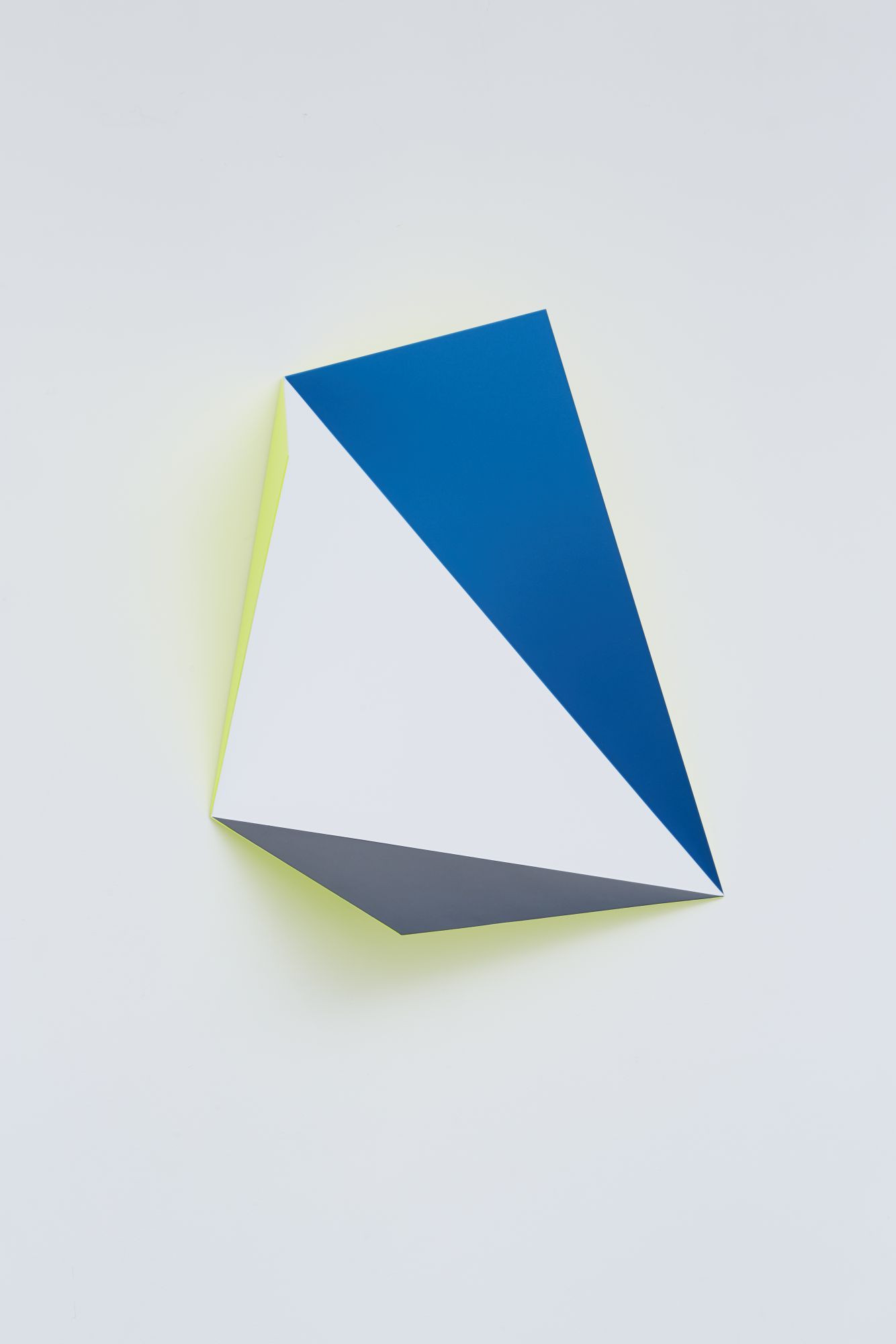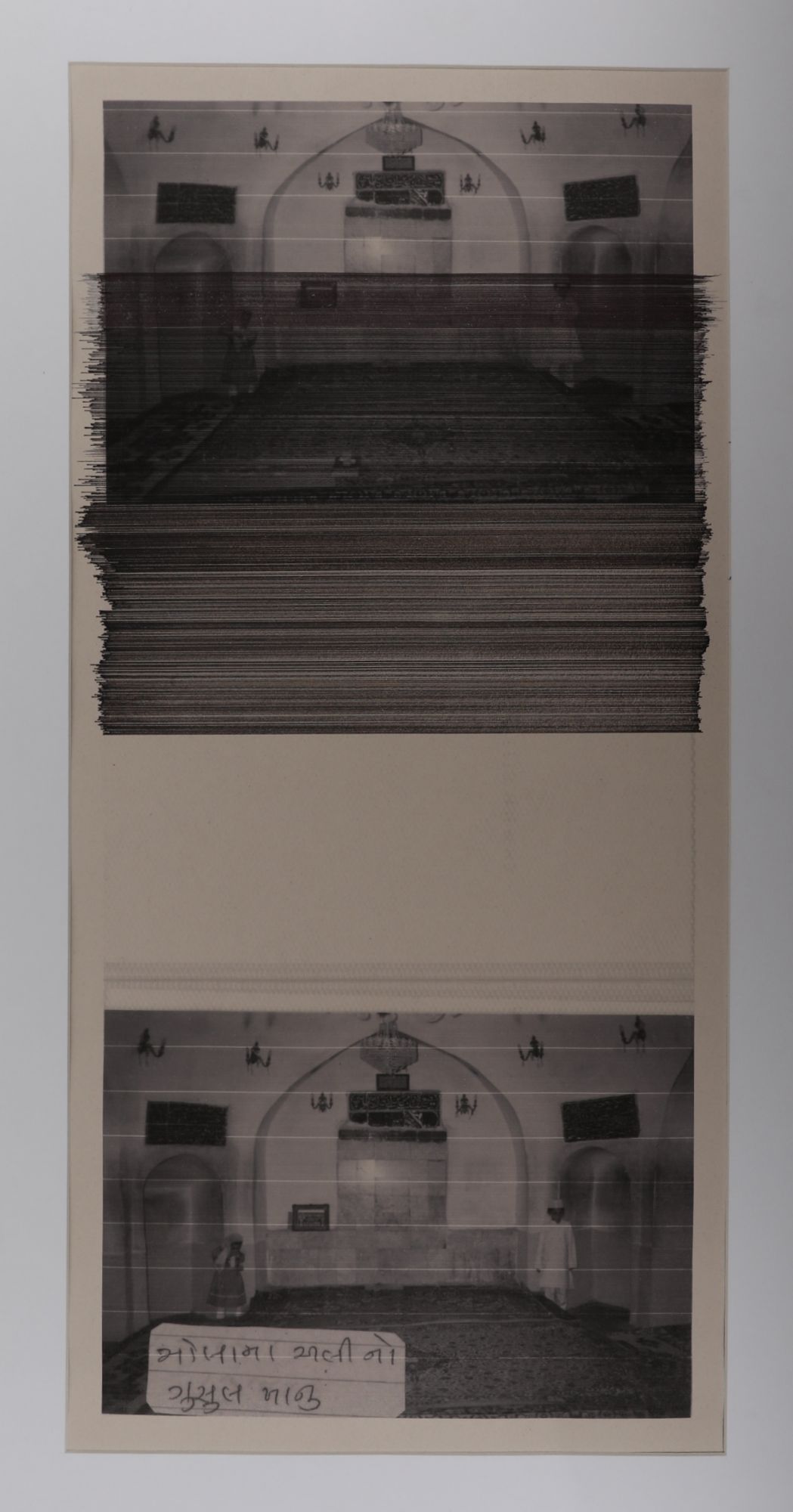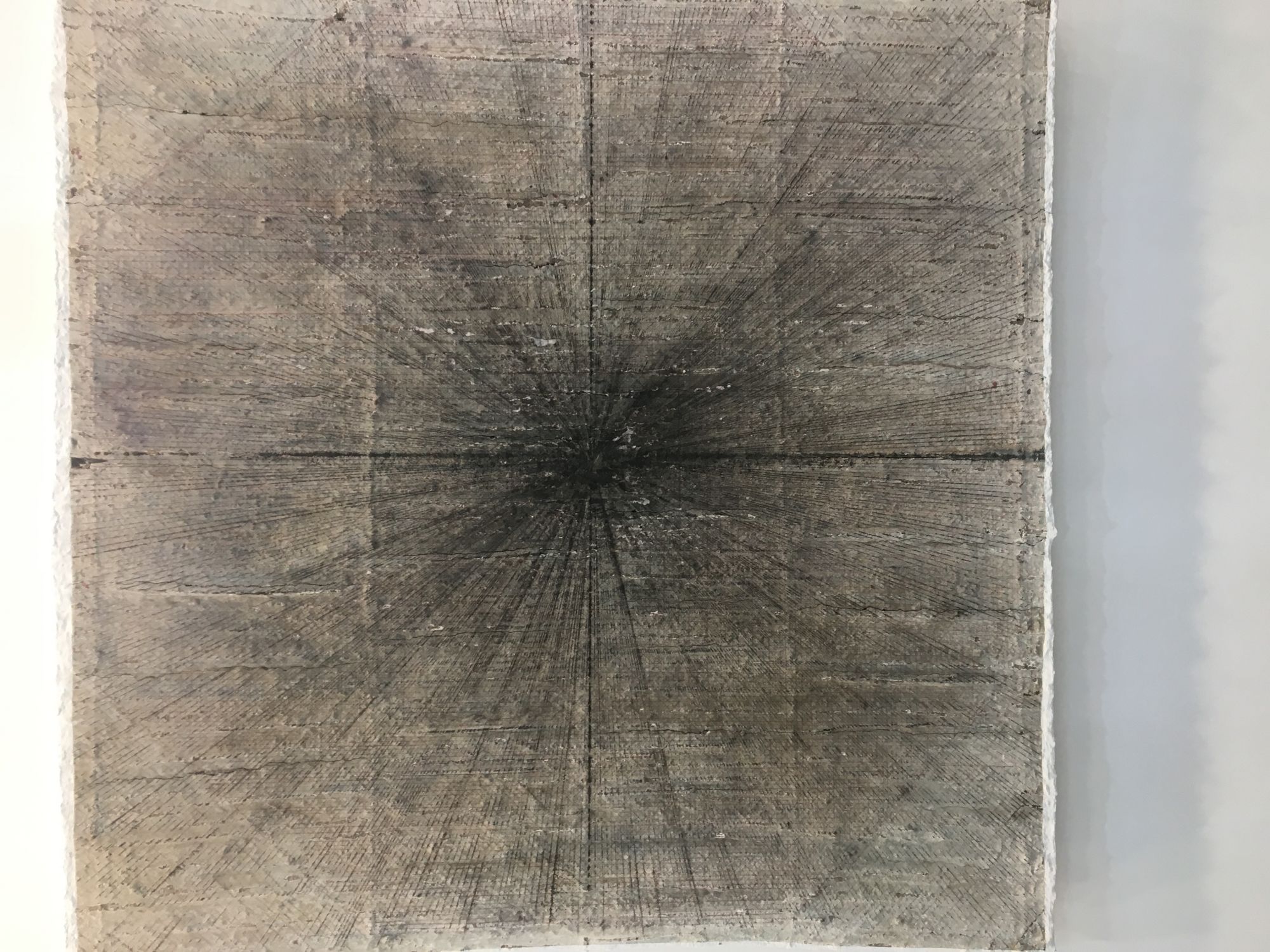The India Art Fair, which ran from February 9-12, returned to New Delhi with a total of 65 galleries and 16 art institutions. These were the highlights.
This year's Indian Art Fair was led by the newly appointed fair director, Jagdip Jagpal, whose goals for the fair involve “inspiring visitors to discover the best of the local and regional art scene, from its fascinating history through to its modern-day icons and emerging talent.”
While the majority of the booths housed prominent Indian galleries, the presence of up-and-coming, noted international galleries, along with various local art organizations, collectives, and councils certainly did not go unnoticed.
Through juxtaposing works by modern masters with those of celebrated contemporary names, and traditional craft-inspired pieces with the creations of young emerging artists, the fair aims to offer a broad scope of Indian art.
See also: Local Talent: 7 Must-See Exhibitions At Hong Kong's Homegrown Galleries
A focus on female artists
Jhaveri Contemporary and Shrine Empire emphasised the female perspective, with Shrine Empire including nine women artists out of 10, hailing from Pakistan, Bangladesh, Sri Lanka, and India. Featured as part of the Projects section of the fair, Zoya Siddiqui’s Loop, a rather experimental video, investigates the dimensions of space and time in relationship to the viewer, who watches it played on a loop.
Also on view were Tayeba Begum Lipi’s compelling range of household items constructed from razor blades—commonplace domestic objects that convey feminist enquiries into the societal standards enforced upon women. In direct contrast, Samantha Batra Mehta’s subliminal compositions ponder the effect of memory, stirring up a sense of nostalgia.
From Jhaveri Contemporary, the vibrant geometric ‘folds’ by the acclaimed Rana Begum play with the boundaries of painting and sculpture, and source inspiration from childhood memories in Bangladesh and London.
Monica Correa’s colourful tapestries draw upon the rich history of textiles in India while using techniques from weaving to induce 3-D optical illusions. Also expanding on the widening practices influencing and incorporated in art, are the architecturally-inspired spatial installations of Lubana Chowdhary.









